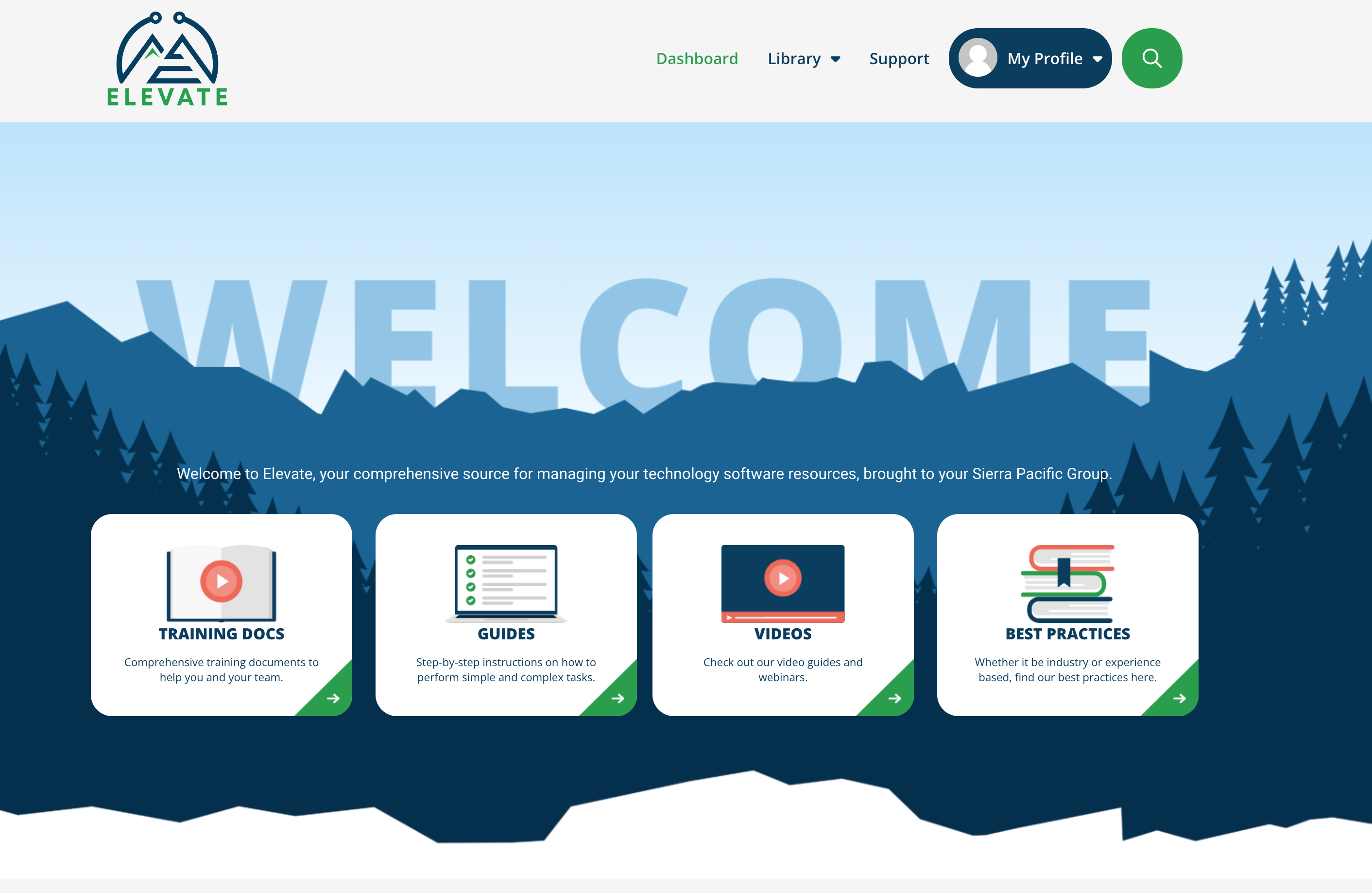Change is an integral part of modern business management. Many businesses need to implement changes in order to function as efficiently as possible.
While change is inevitable, managing change can be a challenge. That's where the Change Management process comes in. This process can be done at different levels within your company or organization.
Change Management is about effectively managing the changes as well as the people that the changes will affect. Consider it a road map that will plot out the steps you take to manage change.
Why use a change MANAGEMENT process?
Does your company have the capabilities to support the change you’re seeking?
One of the most basic processes for a company to achieve optimal results in its change endeavors is through efficient communication. Be sure to communicate the why behind each change, in addition to the how.
High-performing IT organizations develop change management processes to prevent and discourage unauthorized changes. Implementing this process at your company ensures that changes are recorded, evaluated, authorized, and planned in a controlled manner.
A change management strategy will help your company by:
- Decreasing risk associated with changes
- Decreasing the negative impact of business disruption due to a major change
- Set clear goals
- Increasing the successful implementation of the change process
- Helping manage resistance among team members and key stakeholders
- Keeping the organizational culture intact amidst common challenges during change implementation
On the contrary, without a change management process, your company is likely to experience:
- Sudden unauthorized and failed changes
- Delayed project implementations
- Unplanned outages
- A high number of emergency changes
- Rising support costs
- Inability to track and manage change in trends over time
- Lack of governance framework for standard procedures

The Step by step change management process
A successful change management process is characterized by controlling and minimizing risk while implementing the desired change. It is also characterized by its ability to meet business objectives and goals while maintaining company culture.
A successful change management process has the following steps:
1. Record
All changes to the infrastructure must be recorded by submitting a Request for Change (RFC). This will be done by creating a service ticket on the Change Management board to improve how your company operates., including more detail into the ticket type, sub-type, item, and priority.
The requestor should make a time entry using the "Request for Change" standard note to identify the Why, What, and the Impact of the change inside the ticket for review.
Why: The reason for the change. What is the business benefit you hope to achieve with the change?
What: Is it hardware, software, system architecture, a process, documentation, or a combination of these that will be subjected to change? Impact: What are the possible negative consequences of the change, and how will you avoid these consequences?
2. Review
The Change Manager acts as a gatekeeper and will quickly review each RFC to decide whether it should proceed. Is it valid, specific, beneficial, feasible, and necessary? If so, the RFC will be accepted and scheduled for review by your Change Advisory Board (CAB), and the ticket status will also be updated to Under Review. Otherwise, it might be rejected and returned to the requesting party, and ticket status will be set to Request Rejected.
3. Assess
The Change Manager and the CAB (containing appropriate representatives from the business, user community, development, support, and appropriate third parties) will assess the costs, resources, benefits, and risks (including impact on services). They will plan on how to execute and implement the change management models, including a back-out procedure.
- What is the cost of making the change?
- Does the benefit outweigh the cost?
- What is the business priority of the change?
- How do we implement the change?
- Who will implement the change?
- When should we implement the change?
- What do we do if the change goes wrong? Do we have a backup plan in place?
4. Authorize
Based on the recommendations from the CAB, the Change Manager will authorize the change or escalate it to a higher management resource for authorization, depending on the type of change and the potential impact of the change initiative on business operations and internal processes. Now, once authorized, the Change Manager will schedule the change, and the ticket status will then be updated to Change Scheduled.
5. Coordinate Implementation
It is the responsibility of the Change Manager to coordinate the execution of the change management plan, including ensuring build, testing, and implementation actions in the right manner and at the right time as agreed. Furthermore, the change manager is also responsible for managing the progress within the organization and ensuring complete buy-in within the entire organization from the employees, the management team, and the whole corporate hierarchy.
During the implementation process, the change team shall also clarify management roles, responsibilities, and authority so that the management team can still use their judgment to approve or deny changes.
The Change Manager will document this progress through change management activities and create notes in the service ticket with details about what is being done (e.g., which tests are performed) and any additional information that he deems relevant for each step of implementation until achieving success.
6. Evaluate and Close
If the change has been a success, the RFC ticket will be set to Completed. The Change Manager should schedule a Post Implementation Review (PIR) to assess the benefits of the change and how well the change process supported the implementation. It is here that continual improvement of the change management process happens.
- Did the change achieve the objective?
- Is everybody satisfied with the results?
- Were there any side effects?
- Did the implementation exceed planned costs, resource usage, or downtime?
Any lessons learned from the experience can be fed back into the management process to make it more efficient and effective. After the PIR is complete, the ticket can be set to Closed status.

FAQs
1. What are the responsibilities of the Change Manager?The Change Manager is responsible for reviewing submitted RFCs, scheduling CAB meetings, authorizing changes, updating change records, recording new procedures and new systems, and securing the change management software and tools necessary to support the project.
To guarantee change management success, the Change Manager also handles the task of coordinating the build/test/implementation of changes, reviewing implemented changes, producing reports, improving the change management process, and ensuring that the change management process meets the needs of the current business requirements.
2. Who should be on the Change Advisory Board?
CAB membership is flexible and draws in people from IT operations, development, and executives to ensure all angles are represented when discussing the implementation of an individual change. The change manager will decide which CAB members will attend the meeting depending on the nature of the change (or changes) in question.
3. What is the Emergency Change Advisory Board?
The ECAB is a smaller, core group of CAB members that is available on short notice to respond to emergency changes that must be made on short notice (perhaps also outside of normal working hours) to remedy an urgent issue. The ECAB is the change authority for emergency changes and must have the power to make decisions in an emergency without escalation.





